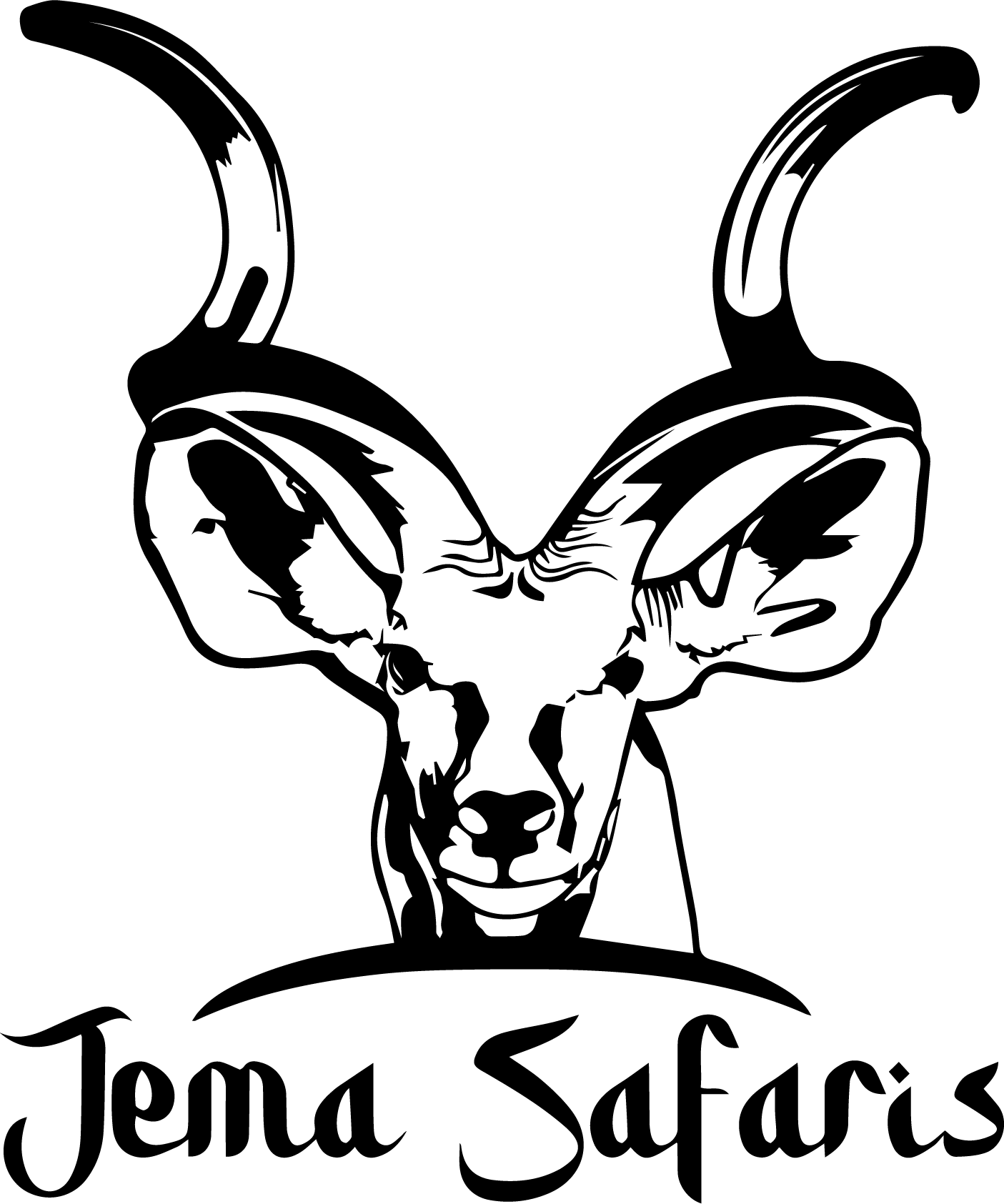3-Day Camping Safari (Tarangire & Ngorongoro Crater)
3 Days 2 Nights
Arusha
0/0
English
Overview
This 3-day budget safari trip takes you to the famous Tarangire National Park and the Ngorongoro Crater. You will have the opportunity to see giant baobab trees, big cats, and birds as well as a huge number of the largest African elephants in Tarangire. The Ngorongoro Crater is the world’s largest unbroken caldera, a UNESCO World Heritage Site, and the best place to see the black rhino.
F.A.Q
When is the best time to visit Tarangire &Ngorongoro?
<div class="presented-response-container ng-tns-c3219058666-222">
<div class="response-container-content ng-tns-c3219058666-222 tunable-selection-with-avatar">
<div class="response-content ng-tns-c3219058666-222">
<div id="model-response-message-contentr_ff94dac9962d1397" class="markdown markdown-main-panel response-optimization" dir="ltr">
<div class="code-block ng-tns-c2012080550-225 ng-trigger ng-trigger-codeBlockRevealAnimation">
<div class="ng-tns-c2012080550-225 code-block-internal-container">
<div class="animated-opacity ng-tns-c2012080550-225">
<pre class="ng-tns-c2012080550-225"><code class="code-container ng-tns-c2012080550-225 no-decoration-radius" role="text" data-test-id="code-content" data-sourcepos="1:1-15:103"><strong>June to October:</strong> This is the peak tourist season, offering excellent game viewing opportunities. The weather is dry and sunny, making it ideal for wildlife spotting and outdoor activities. <strong>November to March:</strong> This is the wet season, characterized by rainfall and lush vegetation. While the landscape is stunning, visibility can be reduced due to rain showers and dust. However, this period offers a unique opportunity to witness the Great Migration as the herds move through the Serengeti and Ngorongoro Crater. Ultimately, the best time to visit depends on your priorities: If you prioritize wildlife viewing and clear skies: The dry season is the best choice. If you prefer fewer crowds and lush landscapes: The wet season can be a rewarding experience. No matter when you choose to visit, you're sure to have an unforgettable safari experience in Tanzania. </code></pre>
</div>
</div>
</div>
</div>
<div class="skeleton-loader-container"> </div>
<div class="response-footer gap complete"> </div>
</div>
</div>
</div>
<div class="response-container-footer ng-tns-c3219058666-222">
<div class="actions-container-v2 ng-tns-c3440615868-226">
<div class="buttons-container-v2 ng-tns-c3440615868-226 ng-star-inserted">
<div class="thumbs-up-animation-container ng-tns-c3440615868-226 ng-star-inserted" hidden=""> </div>
<div class="thumbs-down-animation-container ng-tns-c3440615868-226 ng-star-inserted" hidden=""> </div>
<div class="menu-button-wrapper ng-tns-c3440615868-226 ng-star-inserted"> </div>
<div class="menu-button-wrapper ng-tns-c3440615868-226 ng-star-inserted">
<div class="more-menu-button-container ng-tns-c3440615868-226 ng-star-inserted"> </div>
</div>
<div class="spacer ng-tns-c3440615868-226 ng-star-inserted"> </div>
</div>
</div>
</div>
